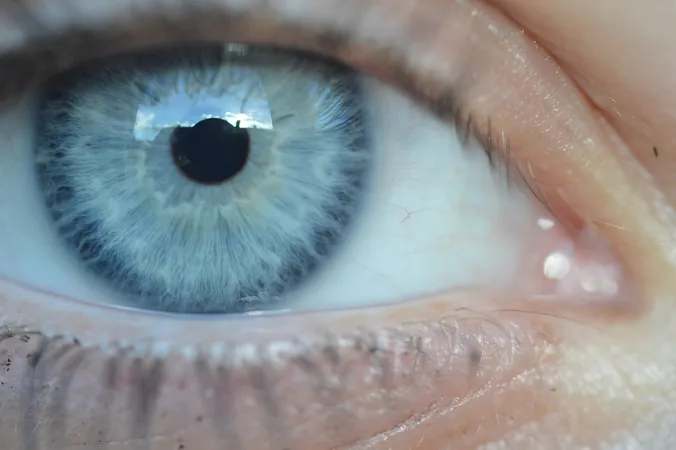
New Study Reveals How Pupil Size During Sleep Powers Memory Formation!
2025-01-01
Author: Jia
Introduction
In a groundbreaking discovery, researchers at Cornell University have unveiled that the size of our pupils during sleep holds the key to understanding how our brains create and maintain strong, lasting memories.
Study Overview
In an innovative study involving mice outfitted with brain electrodes and tiny eye-tracking cameras, scientists observed fascinating patterns about how memories are formed and stored. Their research indicates that during specific phases of non-REM (Rapid Eye Movement) sleep, pupils contract when new memories are replayed and consolidated. Conversely, when the pupils dilate, the brain engages in replaying and integrating older memories.
Significance of the Findings
This remarkable finding sheds light on the brain's extraordinary ability to differentiate between new and old memories during sleep through a previously unidentified micro-structure. This mechanism helps prevent what researchers refer to as "catastrophic forgetting," a phenomenon where consolidating new memories can interfere with or erase previously established ones.
Broader Implications
The implications of this research are vast. Not only could it pave the way for advanced memory enhancement techniques in humans, but it might also assist computer scientists in developing more efficient artificial neural networks, revolutionizing fields from education to artificial intelligence.
Research Methodology
The study, recently published in the prestigious journal *Nature*, was spearheaded by assistant professors Azahara Oliva and Antonio Fernandez-Ruiz. Over the course of a month, the scientists trained a cohort of mice to complete various tasks, including navigating mazes for water and cookie rewards. After mastering these tasks, the mice were equipped with brain electrodes and tiny cameras to capture changes in their pupil dynamics while they slept.
Key Insights from the Research
According to Oliva, "Non-REM sleep is when actual memory consolidation occurs. These crucial moments last only about 100 milliseconds, making them undetectable by human observers. We're intrigued by how the brain manages to distribute these rapid memory screenings across a full night's sleep, separating incoming new knowledge from established information."
Observations During Sleep
Through monitoring and interrupting the mice's sleep during different memory tasks, the researchers were able to distinguish the distinct processes at play. They discovered that when a mouse enters a substage of non-REM sleep, its pupil contracts, signaling the brain's reactivation and consolidation of recently learned information. When the pupil dilates, it indicates a different phase where older memories are being processed.
Conclusion and Future Directions
Oliva explained, "The brain appears to follow a rhythmic pattern of 'new learning, old knowledge,' which fluctuates gently throughout sleep. We propose the existence of an intermediate timescale in the brain that effectively separates new learning from older knowledge."
As we continue to explore the mysteries of sleep and memory processing, this research opens exciting new avenues for understanding human cognition and enhancing our memory capabilities. Who knew our pupils held such pivotal secrets? Stay tuned for more discoveries that could transform the way we understand memory!

 Brasil (PT)
Brasil (PT)
 Canada (EN)
Canada (EN)
 Chile (ES)
Chile (ES)
 Česko (CS)
Česko (CS)
 대한민국 (KO)
대한민국 (KO)
 España (ES)
España (ES)
 France (FR)
France (FR)
 Hong Kong (EN)
Hong Kong (EN)
 Italia (IT)
Italia (IT)
 日本 (JA)
日本 (JA)
 Magyarország (HU)
Magyarország (HU)
 Norge (NO)
Norge (NO)
 Polska (PL)
Polska (PL)
 Schweiz (DE)
Schweiz (DE)
 Singapore (EN)
Singapore (EN)
 Sverige (SV)
Sverige (SV)
 Suomi (FI)
Suomi (FI)
 Türkiye (TR)
Türkiye (TR)
 الإمارات العربية المتحدة (AR)
الإمارات العربية المتحدة (AR)